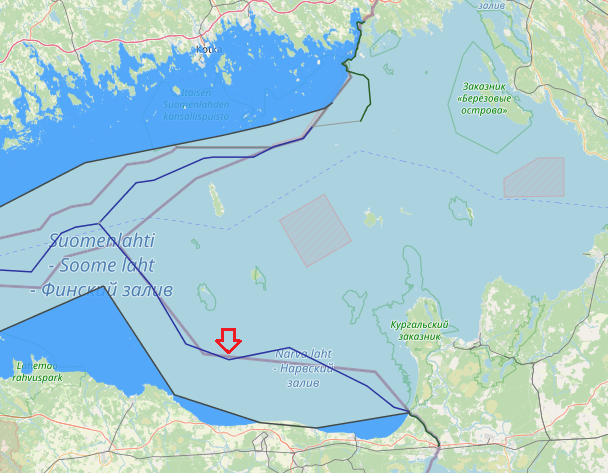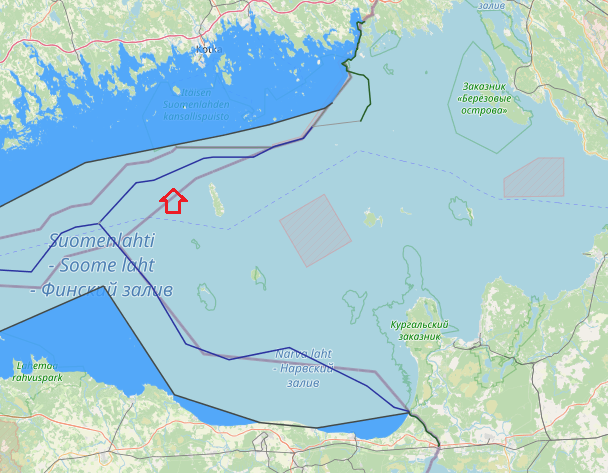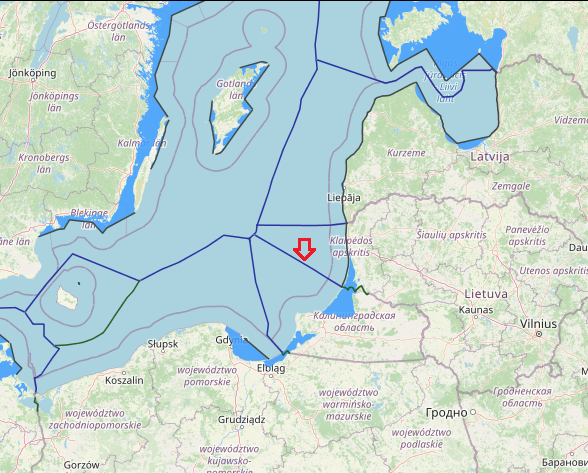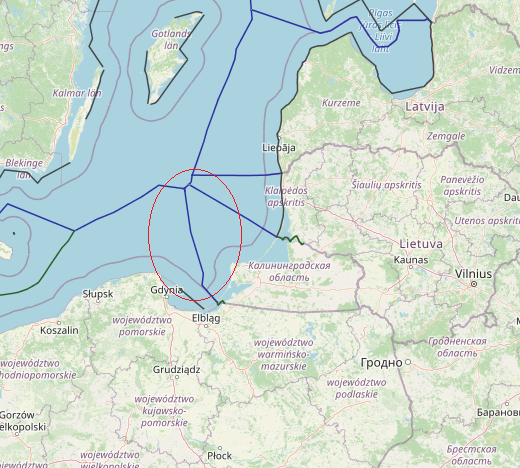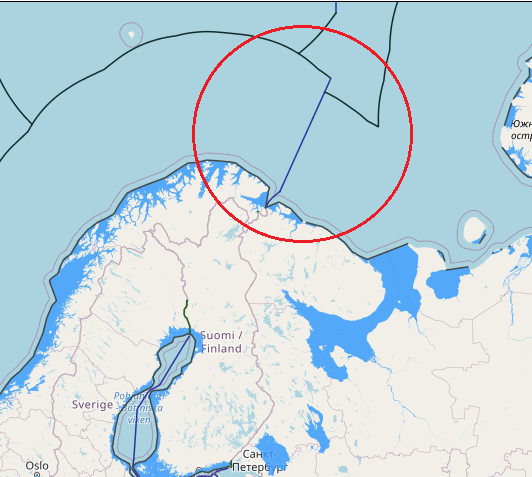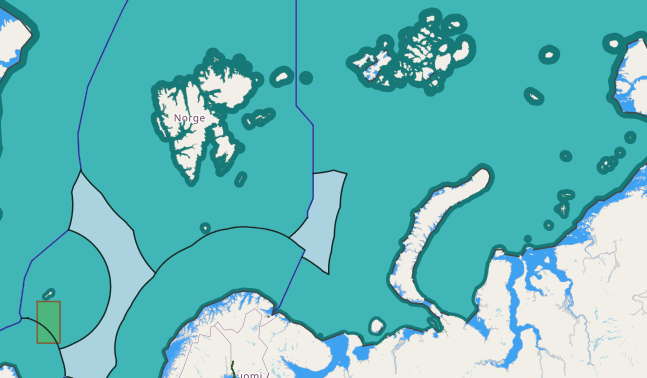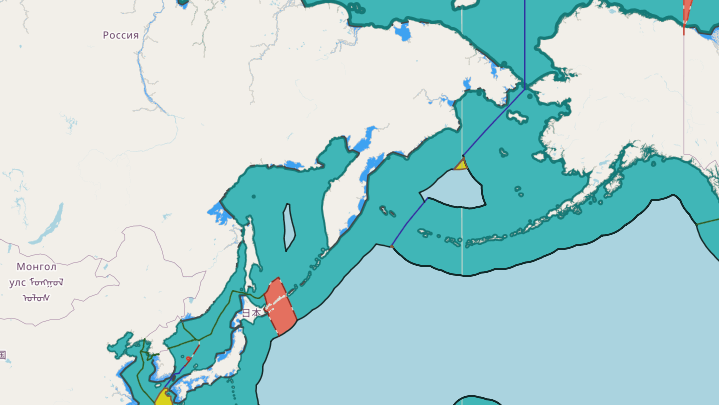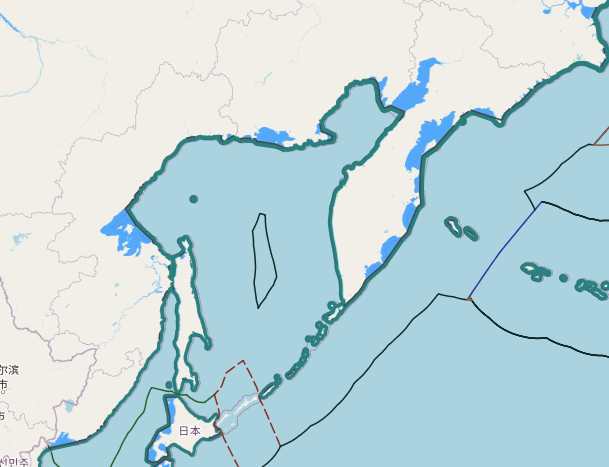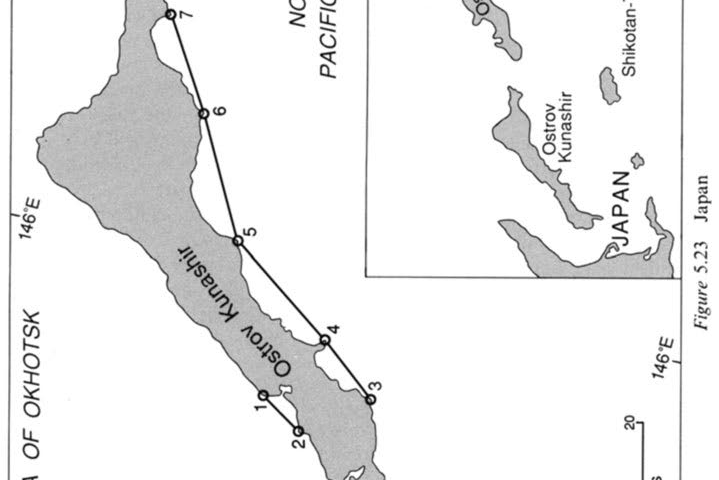Maritime disputes between Japan and Russia have long been a contentious issue, rooted in historical events and conflicting territorial claims. These disputes not only have economic implications but also impact regional stability. Examining the legal aspects of these disputes is crucial in understanding the complexities surrounding Japan-Russia maritime boundaries. This article aims to provide an analytical overview of the evolution of these disputes, the key events and territorial claims, the challenges in maritime boundary delimitation, resource exploration, international legal frameworks, the role of regional and international actors, and the future prospects towards resolution.
View More Japan-Russia Maritime Disputes: Analyzing Law of the SeasTag: russia
Analyzing USA and Russia’s Maritime Disputes in Law of the Seas
Maritime disputes have long been a contentious issue between nations, and the conflicts between the United States and Russia are no exception. These two global powers have engaged in a complex web of disagreements over their respective maritime claims, each vying to assert their dominance in key strategic areas. This article aims to delve into the historical background, legal framework, case studies, geopolitical implications, and potential solutions surrounding the maritime disputes involving the USA and Russia.
View More Analyzing USA and Russia’s Maritime Disputes in Law of the SeasAnalyzing Canada-Russia Maritime Disputes: A Law of the Seas Perspective
Canada and Russia have long been engaged in maritime disputes, with conflicting territorial claims and competing interests in the Arctic region. These disagreements have persisted for decades and have become increasingly significant as the potential for resource exploitation and shipping routes in the Arctic opens up. This article will analyze the Canada-Russia maritime disputes from a Law of the Seas perspective, examining the historical background, key areas of contention, legal frameworks, dispute resolution mechanisms, and environmental concerns. By understanding these issues, we can gain insights into the prospects for cooperation between the two countries.
View More Analyzing Canada-Russia Maritime Disputes: A Law of the Seas PerspectiveAnalyzing Norway and Russia’s Maritime Disputes: Law of the Seas
Analyzing Norway and Russia’s Maritime Disputes: Law of the Seas Introduction: Maritime disputes have long been a contentious issue between neighboring countries, and the case of Norway and Russia is no exception. With both nations possessing extensive coastlines and rich marine resources, conflicts over maritime boundaries and rights have become increasingly complex. This article aims to provide a comprehensive analysis of the maritime disputes between Norway and Russia, focusing on the applicability of the Law of the Seas and its implications for both countries. Background: Norway and Russia share a maritime border in the Barents Sea and the Arctic Ocean. The region is of strategic importance due to its vast oil and gas reserves and its potential for lucrative fishing grounds. However, disagreements over the delimitation of the maritime boundary have hindered bilateral relations and sparked conflicts. Application of the Law of the Seas: The United Nations Convention on the Law of the Sea (UNCLOS) serves as the primary legal framework governing maritime disputes. Both Norway and Russia are signatories to UNCLOS, which establishes rules and principles for the delimitation of maritime boundaries, exploitation of resources, and preservation of the marine environment. Delimitation of Maritime Boundaries: One of the main issues between Norway and Russia is the delimitation of their
View More Analyzing Norway and Russia’s Maritime Disputes: Law of the Seasmaritime boundaries between Russia and Estonia
In 2014, Estonia and the Russian Federation signed their land and maritime boundary agreements that are currently awaiting ratification. It is established that the agreed…
View More maritime boundaries between Russia and Estoniamaritime boundaries between Finland and Russia
between Russia and Finland, the boundary is on the shore of Gulf of Finland, in which there is a maritime boundary between the respective territorial waters, terminating in a narrow strip of international waters between Finnish and Estonian territorial waters. In 2014, Estonia and the Russian Federation signed their land and maritime boundary agreements that are currently awaiting ratification. This study reconstructs the maritime boundary delimitation between the two States. In particular, the role of islands and pre-existing agreements for the delimitation of the territorial sea boundary in the south-eastern part of the Gulf of Finland are critically examined. It is established that the agreed maritime boundary line is a median line which was influenced by the use of the special circumstances method in the delimitation process. in relation to the first part of the Finland-USSR maritime boundary, military, strategic and related navigational considerations have had a powerful influence on the course of maritime boundaries and it had not based on equidistance method alone.
View More maritime boundaries between Finland and Russiamaritime boundaries between Russia(Kaliningrad) and Lithuania
Lithuania-Russia maritime boundary in fact consists of two separate reports: one relating to the delimitation of the exclusive economic zone and the continental shelf, and one relating to the territorial sea. Treaty between the Republic of Lithuania and the Russian Federation on the Delimitation of the Exclusive Economic Zone and the Continental Shelf in the Baltic Sea, 24 October 1997.This treaty has not yet entered into force.
View More maritime boundaries between Russia(Kaliningrad) and Lithuaniamaritime boundaries between Russia(Kaliningrad) and Poland
The continental shelf boundary between Poland and the Soviet Union extends for a distance of 77.5 n.m. with an average length of 19.4 n.m. for each segment of the boundary. The entire area covered by the Agreement lies on the continental shelf of the Baltic Sea. The average depth along the CSB is about 50 fathoms.
View More maritime boundaries between Russia(Kaliningrad) and PolandMaritime boundaries between Norway and Russia
Norway and Russia have delimited their maritime jurisdiction in the maritime areas north of their land boundary. Norway and the former Soviet Union concluded a maritime boundary agreement in 1957 delimiting the territorial sea and continental shelf within Varangerfjorden, a fjord lying seaward of the Norway-Soviet land boundary. The 1957 agreement was superseded by a 2007 agreement between Norway and Russia that delimited the territorial sea, continental shelf, and EEZ in the Varangerfjorden area. This boundary extends from the terminus of the land boundary to an area just seaward of the mouth of Varangerfjorden and is composed of geodetic lines connecting six points, with a total length of approximately 39 M. The agreement contains provisions pertaining to the existence of possible hydrocarbon deposits extending across the boundary line.
Norway and Russia concluded a maritime boundary agreement in 2010 delimiting the EEZ and continental shelf of the two countries in the Barents Sea and Arctic Ocean. The boundary is composed of geodetic lines connecting eight points, with a total length of approximately 907 M. The boundary begins at the terminus of the Varangerfjorden boundary (in the south) agreed in 2007 and terminates in the Arctic Ocean at the point where the last boundary segment (between boundary points 7 and 8) intersects with a line connecting the continental shelf limits of both countries “as established in accordance with Article 76 and Annex II of the Convention.” The 2010 boundary separates the maritime zones generated by the mainland coasts of both countries and also by Svalbard (to the west) and Russia’s Franz Josef Land and Novaya Zemlya (to the east).
Russia maritime claims about the outer limits of its continental shelf beyond 200 nautical miles in respect to the Barents Sea
Barents Sea, Barents Sea continental shelf border, Barents Sea EEZ border, Barents Sea map, russia, Russia continental shelf map, Russia exclusive economic zone map, Russia internal waters map, Russia maritime boundaries, Russia maritime claims, Russia territorial waters map, russian federation
View More Russia maritime claims about the outer limits of its continental shelf beyond 200 nautical miles in respect to the Barents SeaRussia maritime claims about the area of the continental shelf beyond 200 nautical miles in the region of the Sea of Okhotsk
continental shelf beyond 200 nautical miles in the region of the Sea of Okhotsk, Maritime Claims, russia, Russia continental shelf map, Russia exclusive economic zone map, Russia internal waters map, Russia maritime boundaries, Russia maritime claims, Russia territorial waters map, russian federation, Sea of Okhotsk
View More Russia maritime claims about the area of the continental shelf beyond 200 nautical miles in the region of the Sea of OkhotskRussia maritime claims about outer limit of the exclusive economic zone of the Russian Federation in the Sea of Okhotsk
Maritime Claims, russia, Russia continental shelf map, Russia exclusive economic zone map, Russia internal waters map, Russia maritime boundaries, Russia maritime claims, Russia territorial waters map, russian federation
View More Russia maritime claims about outer limit of the exclusive economic zone of the Russian Federation in the Sea of OkhotskBaselines Drawn under Article 4 ( LOSC Article 7) which Subvert Other Convention Provisions, USSR(now Russia)case
Baselines Drawn under Article 4 ( LOSC Article 7) which Subvert Other Convention Provisions, USSR(now Russia)case, extensive coastline, Kamchatka Peninsula, Kara Sea, North Pacific, russia, Sea of Japan, Sea of Okhotsk, Tartar Strait, USSR, Vrangelya Island
View More Baselines Drawn under Article 4 ( LOSC Article 7) which Subvert Other Convention Provisions, USSR(now Russia)caseThe Arctic Sunrise Case (Kingdom of the Netherlands v. Russian Federation), Provisional Measures
On 4 October 2013, the Netherlands instituted arbitral proceedings, under annex VII to the Convention, against the Russian Federation in a dispute concerning the “boarding and detention of the vessel Arctic Sunrise in the exclusive economic zone of the Russian Federation and the detention of the persons on board the vessel by the authorities of the Russian Federation”.
View More The Arctic Sunrise Case (Kingdom of the Netherlands v. Russian Federation), Provisional MeasuresThe “Tomimaru” Case (Japan v. Russian Federation), Prompt Release
On 6 July 2007, an Application under article 292 of the Convention was filed by Japan against the Russian Federation concerning the release of the fishing vessel Tomimaru. The Application was entered in the list of cases as Case No. 15.
View More The “Tomimaru” Case (Japan v. Russian Federation), Prompt ReleaseThe “Hoshinmaru” Case (Japan v. Russian Federation), Prompt Release
On 6 July 2007, an Application under article 292 of the Convention was filed by Japan against the Russian Federation concerning the release of the fishing vessel Hoshinmaru and its crew. The Application was entered in the list of cases as Case No. 14.
View More The “Hoshinmaru” Case (Japan v. Russian Federation), Prompt ReleaseThe “Volga” Case (Russian Federation v. Australia), Prompt Release
On 2 December 2002, an Application under article 292 of the Convention was filed by the Russian Federation against Australia for the release of the vessel Volga, flying the flag of the Russian Federation. The Application was entered in the list of cases as Case No. 11.
View More The “Volga” Case (Russian Federation v. Australia), Prompt Release
